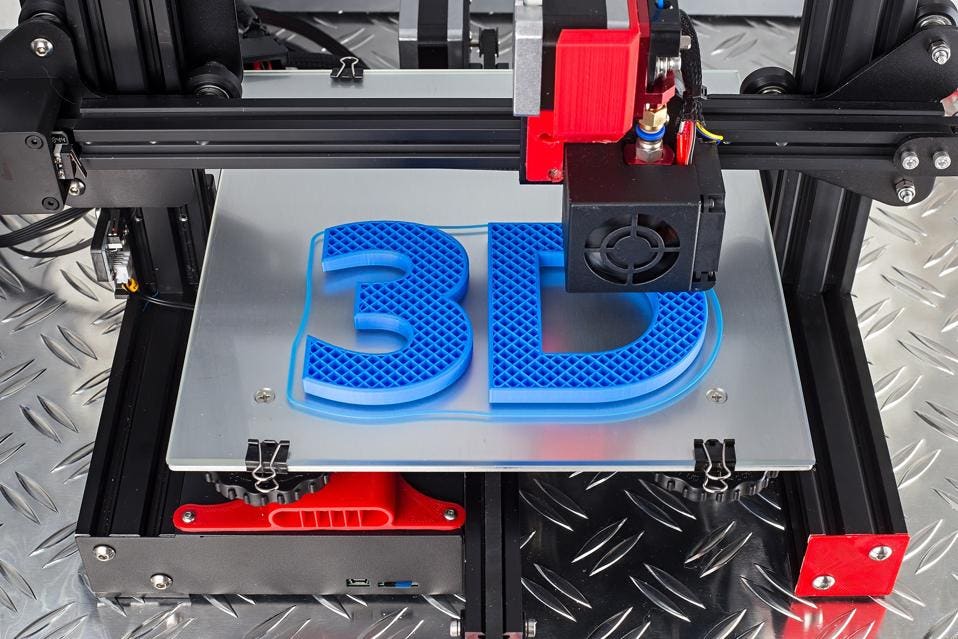In recent years, 3D printing has emerged as a groundbreaking technology with the potential to revolutionize various industries. One question that often arises is whether 3D-printed objects can possess the same strength as steel. In this article, we delve into the world of 3D printing and explore its capabilities, examining the factors that contribute to its strength and comparing it to the renowned durability of steel. By the end, you will gain a comprehensive understanding of the strength of 3D printing and its potential applications.
- Understanding the Basics of 3D Printing:
To comprehend the strength of 3D-printed objects, it is crucial to grasp the fundamentals of this innovative manufacturing process. 3D printing, also known as additive manufacturing, involves creating three-dimensional objects layer by layer using a digital model. This technique allows for intricate designs and customization, making it highly versatile across industries. - Materials in 3D Printing:
The strength of a 3D-printed object heavily depends on the material used. While traditional plastics are commonly used in 3D printing, advancements have led to the development of stronger materials such as carbon fiber-reinforced polymers, metal alloys, and even ceramics. These materials offer enhanced strength and durability, approaching the properties of steel. - Strength-to-Weight Ratio:
One of the key advantages of 3D printing is its ability to optimize the strength-to-weight ratio of objects. By strategically placing materials and adjusting the internal structure, 3D-printed objects can achieve remarkable strength while minimizing weight. This characteristic makes 3D printing particularly valuable in industries where lightweight yet robust components are essential, such as aerospace and automotive. - Structural Integrity and Design Optimization:
The strength of 3D-printed objects is not solely determined by the material used but also by the design and structural integrity. With 3D printing, complex geometries and internal structures can be created, allowing for optimized load distribution and improved strength. By leveraging computer-aided design (CAD) software and simulation tools, engineers can fine-tune designs to maximize strength and minimize weak points. - Comparing 3D Printing to Steel:
While steel is renowned for its strength, 3D printing has the potential to rival its properties in certain applications. Steel possesses excellent tensile strength and is widely used in structural applications. However, 3D-printed objects can match or even surpass steel's strength in specific scenarios, especially when it comes to customized or complex geometries. Additionally, the ability to create lightweight structures with 3D printing can offer advantages in terms of energy efficiency and cost-effectiveness. - Real-World Applications:
The strength of 3D printing opens up a world of possibilities across industries. In aerospace, 3D-printed components can reduce weight while maintaining structural integrity, leading to fuel savings and improved performance. In healthcare, 3D-printed implants can provide personalized solutions with optimal strength and biocompatibility. Furthermore, industries such as automotive, architecture, and consumer goods can benefit from the strength and design freedom offered by 3D printing.
Conclusion:
In conclusion, while steel remains a benchmark for strength, 3D printing has emerged as a formidable contender. With advancements in materials, design optimization, and the ability to create lightweight structures, 3D-printed objects can rival and even surpass steel's strength in specific applications. As this technology continues to evolve, we can expect further breakthroughs that will expand the possibilities of 3D printing and redefine the limits of strength in manufacturing.


More Stories
What Is Hypalon Rubber Sheet? Exploring Its Exceptional Weather Resistance
What Is SMC (Sheet Molding Compound)? Complete Guide for Engineers
Metal Packaging: Leading a Sustainable Future for Food Packaging through Infinite Recyclability and Carbon Reduction